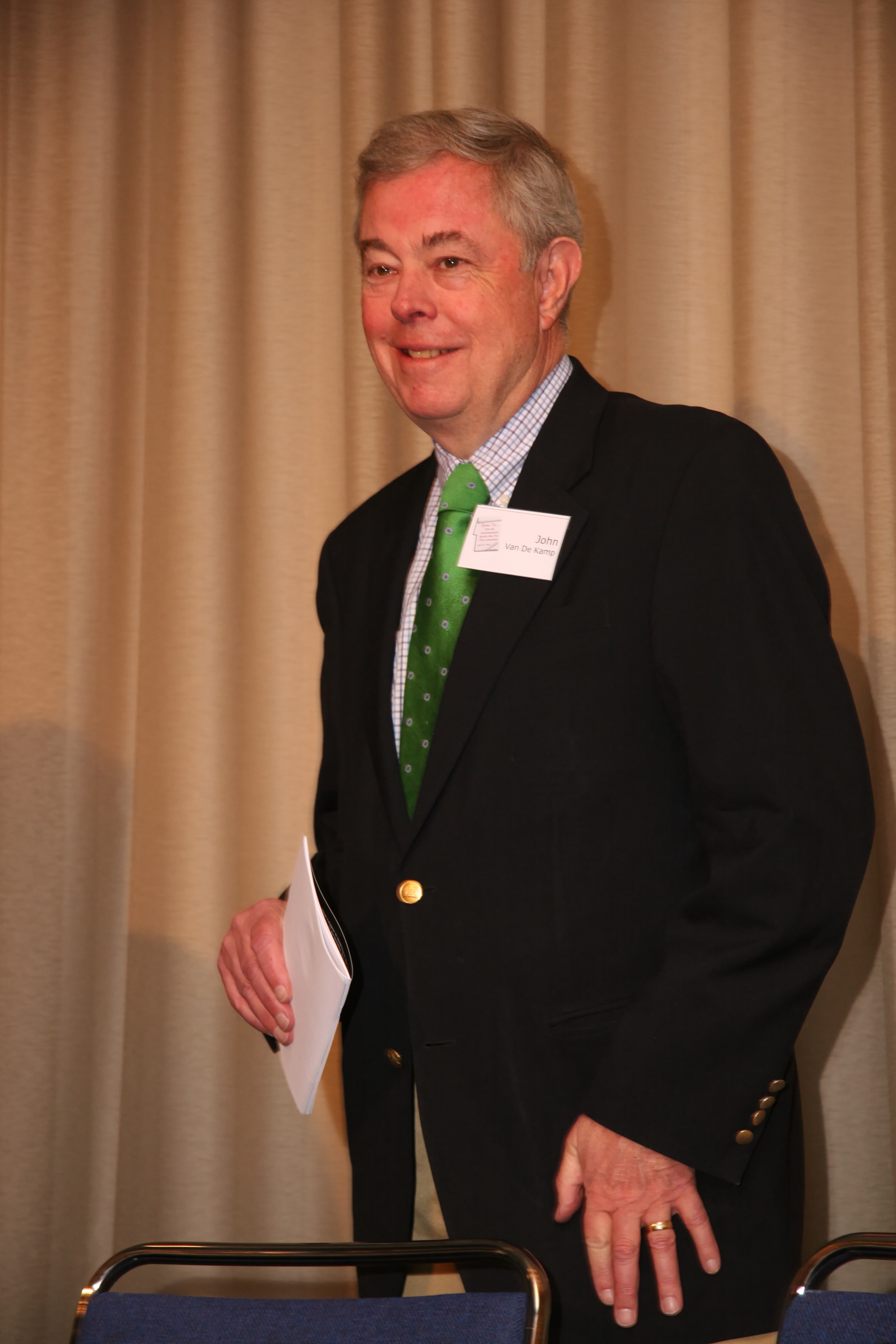 John Van de Kamp was the District Attorney for the County of Los Angeles from 1976 until 1982, and the 28th Attorney General of California from 1983 until 1991. He was elected and served as the 80th President of the State Bar of California in 2004-2005. He is currently on the board of directors of the Planning and Conservation League. In this article, he discusses last year’s CEQA exemption for a football stadium in the City of Industry.
John Van de Kamp was the District Attorney for the County of Los Angeles from 1976 until 1982, and the 28th Attorney General of California from 1983 until 1991. He was elected and served as the 80th President of the State Bar of California in 2004-2005. He is currently on the board of directors of the Planning and Conservation League. In this article, he discusses last year’s CEQA exemption for a football stadium in the City of Industry.
I was attending the annual California State Bar Conference in San Diego on September 12, when I received an urgent call from fellow PCL Board member Jan Chatten Brown asking me if I would mediate a CEQA challenge initiated by her client the City of Walnut against the City of Industry and Majestic Realty. The subject: a NFL Stadium complex Majestic’s Ed Roski planned in a corner of the City of Industry between the two bedroom communities of Walnut and Diamond Bar.
The urgency: Senate President Pro Term Daryl Steinberg had held up a bill granting a CEQA exemption to the project, urging the parties to mediate. With the approval of Industry’s and Majestic’s attorneys we dug in on September 14.
The background: Industry had certified or EIR for a development in 2004. Then in 2009 it certified a supplemental EIR for a stadium and a downsized complex. After settling CEQA issues with Diamond Bar, Walnut sued for EIR insufficiency; a Walnut citizen’s group filed a separate but similar challenge.
For some eight days the parties met with me – all the while facing a Senate CEQA exemption vote, the exemption having already passed the Assembly. The lure of an NFL team with a new stadium and the jobs it would bring in the middle of the recession was honey for many legislators.
While confidentiality is the strict rule in mediations it can be said that among the major issues we tried to address were noise, traffic congestions, air pollution, public safety and water usage, most of which were reflected in a post mediation press release issue by the citizens group, Citizens for Community Preservation.
The long and short of it is that the City of Walnut settled its case, gaining traffic mitigation measures, noise limitations, a no-fly zone over the stadium for advertising aircraft, a fire station site, ongoing working and advisory groups to deal with traffic and public safety issues, a community fund for the City of Walnut, and ongoing monitoring of the mitigation measures.
At my urging the City of Industry adopted additional measures aimed at meeting several of the objections of the citizens group, after the group came to an impasse with the developer. They included bars on stripclubs and massage parlors as part of the project, the use of drought tolerant plants and recycled water to irrigate planted areas, and efforts to maximize access to and from the projects from the adjoining 57 and 60 freeway, and to try to restrict traffic north on Grand Ave. through Walnut.
Later representatives of the Citizens group met with Senator Steinberg, but failed to reach a resolution, leading to the passage of ABX3 81 and signature by The Governor granting the CEQA exemption for the project, essentially wiping out the Citizen’s lawsuit. PCL and a number of environmental groups opposed the measure, concerned rightfully that it would stimulate similar end runs. That concern was emphasized when the Assemblyman who sponsored AB 3 81 told me another Assemblyman had asked him to tack on another exemption to his bill – this one for a new San Diego Charger’s stadium. He refused to do so.
Sen. Steinberg has said “If anybody thinks this is a precedent that allows them to ignore California’s environmental laws, it isn’t.”
But the concern remains: when the exemption possibility is alive it tempts developers and would-be beneficiaries to find or fund potential legislative supporters. “Money is the mother milk of politics,” as Jesse Unruh famously said.
CEQA is now nearing its 40th Anniversary. It’s done a lot of good forcing developers and planners to address environmental impacts as a matter of course. It has stopped bad projects, and forced improvements and mitigation where appropriate. The needs for job and a stronger economy should not come at the expense of the environment. As former Speaker Herb Wesson has written “A strong economy is compatible with and complimentary to strong environmental protections.” And as bypasses and changes are sought to alter CEQA that admonition should not be forgotten.
Insofar as the NFL stadium complex is concerned, it will not be constructed until Mr. Roski signs up an NFL team, and he cannot commence negotiations until the day after Super Bowl 2010.
